By Penny Pawl, UC Master Gardener of Napa County
Three years ago, I wrote an article about creating African keyhole worm-compost bins in my garden beds. This summer it was time to harvest compost from two of the bins.
I used garbage cans with ¼-inch holes drilled in the sides and bottom so the worms can go back and forth. As they move about, they take some of the compost with them and spread it in the garden bed.
Mine are all raised beds. The bins were installed after hardware cloth was added to the bottom of each bed to foil gophers. With time, the hardware cloth will rust and need replacement.
Keyhole gardens originated in Africa when people created kitchen gardens using materials they had lying around. The design is circular with a keyhole-like entrance. A worm compost bin made out of chicken wire or other materials is placed in the center, and the gardener puts kitchen waste in the bin. When the compost is ready, it is spread over the garden.
The first garbage can I checked was half full of compost. I transferred all the uncomposted material on top to another bin. Then I prepared a mesh bag (the kind potatoes come in) full of my red wiggler worms' favorite foods, like bananas, lettuce and melon rinds. I placed this bag on top of the finished compost as a lure. Slowly the worms and sow bugs started moving from the compost into the mesh bag. These worms are expensive and I didn't want to lose any. Luring most of them into the mesh bag took about two weeks.
Why do I want the sow bugs? They also eat decomposing material and leave their droppings, which are as beneficial to plants as worm droppings are. On one online forum I follow, a worm composter was looking for sow bugs to add to his bin. I have found that they move in naturally.
I put the composted material on a screen over a tray. In the tray I put new damp bedding: newspaper, cardboard, old leaves, straw. Neither red wigglers or sow bugs like light, so they will leave the compost and move into the new bedding. Then I can sift the compost to get out any large pieces that haven't fully broken down. These big things go into the bottom of the new bin.
I move the sifted compost to a large, long tray in my hothouse to dry. If stored damp it will mold.
The biggest problem I have encountered is that tree roots also like keyhole gardens. I wasn't aware of this problem when I built the beds, and I had to cut the tree roots out. Also, my arms aren't long enough to reach the bottom of the garbage can so I eventually need help getting all the finished compost out.
Once a bin is empty, I use the layer method to build a new bin, alternating torn damp newsprint, dried leaves, rice hulls, coffee grounds and a dash of chicken manure. The worms and other critters in the bin will mix these materials, which should be as damp as a wrung-out sponge. Usually, I top off the layers with banana peels or old lettuce. On top of all that, I place a piece of black plastic and put the lid on the can.
Once I see that the worms are settled and eating the items in the can, I start feeding them my kitchen garbage. Three garbage bins have yielded 15 gallons of worm gold, as we gardeners call it. I will spread it around my yard to feed all my plants this fall.
If you would like to learn more about composting, take a look at “Backyard Composting,” a video that several Master Gardeners and I produced in partnership with Napa County Library. You can find it on YouTube.
Food Growing Forum: Napa CountyMaster Gardeners will present a discussion of “Cane Berries” on Sunday, November 14, from 3 p.m. to 4 p.m., via Zoom. Register here to receive the Zoom link.
Got Garden Questions? Contact our Help Desk. The team is working remotely so please submit your questions through our diagnosis form, sending any photos to mastergardeners@countyofnapa.org or leave a detailed message at 707- 253-4143. A Master Gardener will get back to you by phone or email. For more information visit http://napamg.ucanr.edu or find us on Facebook or Instagram, UC Master Gardeners of Napa County.
.
Attached Images:
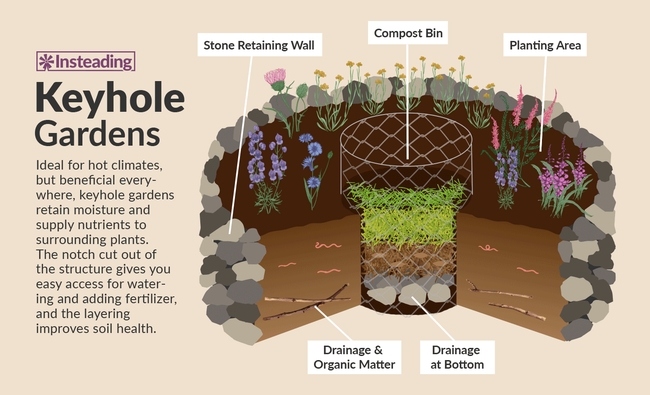
African keyhole garden diagram (inspirationgreen.com)
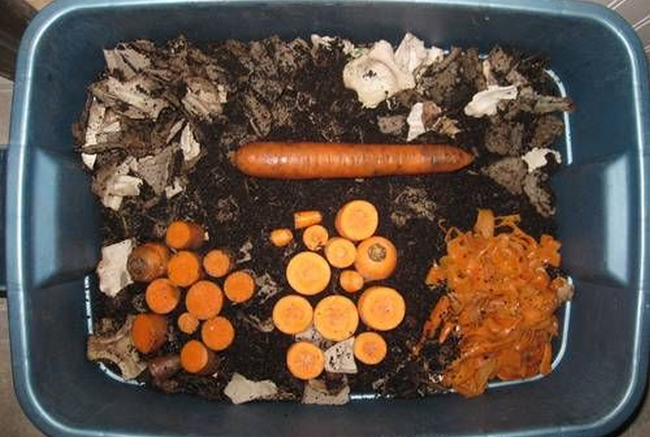
Worms migrate to their food source. (gardens.theownerbuildernetwork.co)
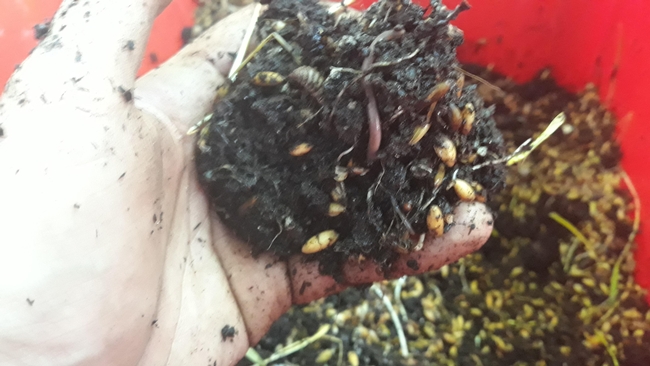
Sowbugs and red wigglers are both composters, here with whole oats. (reddit.com)
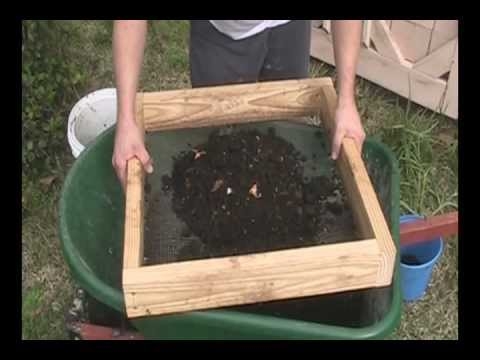
Sifting the gold from the rest. (youtube.com)
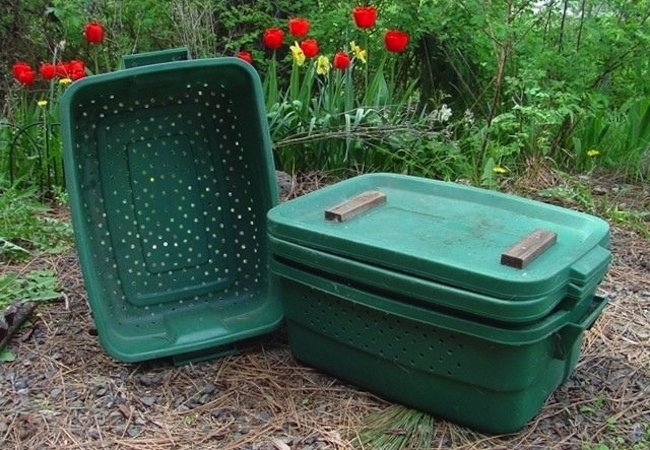
The internet is full of helpful diagrams for building your own worm bins. (bobvila.com)
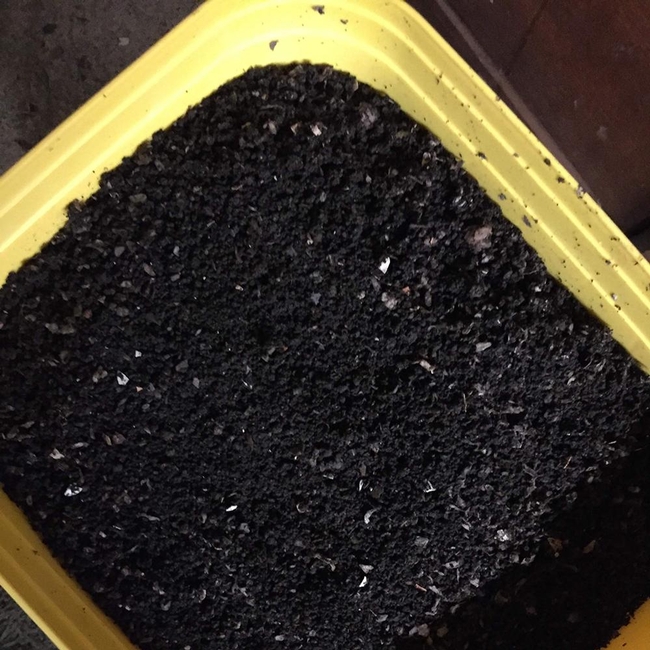
Garden gold from worms! (wormreturn.com)